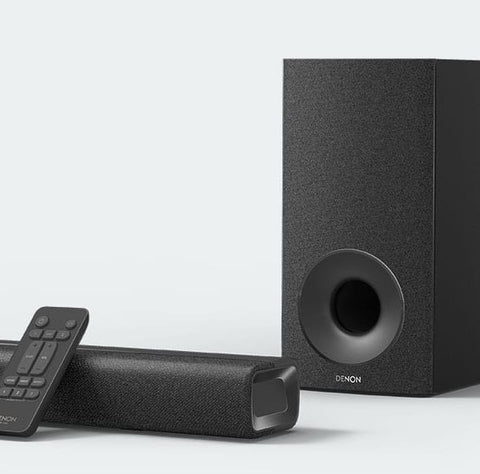
Unfortunately, the Automatic refresh rate switching mode isn't quite as reliable when it comes to gaming. Here is a quick video showcasing how well Auto refresh rate mode detects things like the BlurBusters UFO test in a browser and then a video playing in both a local player and YouTube and switches to the optimal refresh rate on the fly. The latter would probably be reserved for the AOD, though, and refresh rate measurements there can be wonky, so we can't say for sure. The only downside is that we never actually saw it trigger 144Hz mode or 48Hz mode. The system works exceptionally well in our experience. If it sees any motion, it then determines whether it requires a boost up to 90Hz or higher to 120Hz and acts accordingly. What basically happens in practice is that the OS actively monitors what is currently on screen. Auto refresh rate mode promises Ai-driven automatic refresh rate switching and delivers on that promise as well, with a very dynamic and content-aware system in place. That list actually includes 48Hz, 60Hz, 90Hz, 120Hz and 144Hz. However, 60Hz and 120Hz are not the only refresh rate modes available on the Edge 30 Fusion. The former two are really straightforward - the phone is simply set to a static 60Hz or 144Hz, and that's that. It offers a total of three refresh rate options in settings - 60Hz, 144Hz and Auto mode. High refresh rate handlingĪs already mentioned, the Motorola Edge 30 Fusion has a 144Hz refresh rate display.
MISSING DOLBY AUDIO DECODER UPDATE
Mind you, at the time of writing, Netflix does not offer HDR on the Edge 30 Fusion, but that's likely to change as they update their internal whitelists. The Edge 30 Fusion also has the highest possible Widevine L1 DRM certification, allowing streaming services like Netflix to offer up FullHD streams and fully saturate the display's resolution. It is rarely found on mobile phones, so it is not a major loss.

As for HDR decoder support, the Edge 30 Fusion reports HLG, HDR10 and HDR10+ in software, with only Dolby Vision missing from the list. The display itself is certified for HDR10+. Its deltaE values fall comfortably within what would be considered color-accurate and good enough for color-sensitive work.Īs already mentioned, the Edge 30 Fusion has a 10-bit display panel, which is particularly great for displaying HDR content. Natural color mode aims for the sRGB color space and nails it on the head. You can mostly fix that with the color temperature slider. This mode results in slightly warm color reproduction. Not accurate enough for color-critical work, but not far off either. There is also a color temperature slider available for adjustment.īy default, the phone ships in saturated mode, which targets the DCI-P3 color space and is relatively accurate.

In terms of color the Edge 30 Fusion has two color modes - saturated and natural. Samsung Galaxy S21 FE 5G (before second slide) Samsung Galaxy S22 Ultra (Extra brightness) In case there was any doubt - the Edge 30 Fusion is perfectly usable outdoors, even in bright sunlight. That figure essentially allows the Edge 30 Fusion to rub shoulders with some of the full-on flagships on today's market. Under bright lighting conditions, the brightness overdrive mode managed to boost that to a truly impressive 946 nits.

At 100% brightness on the slider it managed a very respectable 516 nits. The Edge 30 Fusion excels in both metrics. On top of that, it has a native refresh rate of 144Hz and supports a few other refresh rate modes, which we will cover in a bit.įirst off, though, let's talk about brightness and contrast. It has 10-bit color and is hardware certified for HDR10+. The panel in question looks mighty impressive on paper. The "P" does indicate that is was made by LG. In case you were wondering, the "P" doesn't really mean much in this context and is simply Motorola's choice for marketing of what is essentially a modern AMOLED display. The Motorola Edge 30 Fusion comes with a spacious 6.55-inch P-OLED display.


 0 kommentar(er)
0 kommentar(er)
